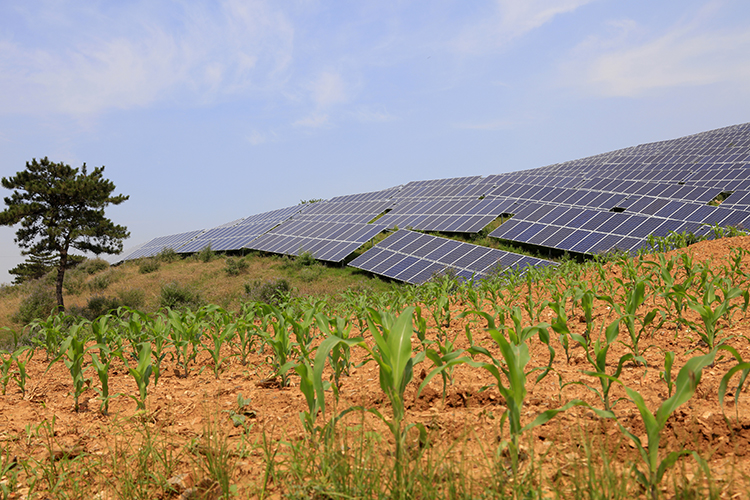
“Solar needs land. So do farms. Will that drive up food prices?”
That’s a question posed by Barron’s Lisa Beilfuss her article in the July 25, 2022, edition of the financial publication. As Beilfuss navigates the issue, she essentially asks the question, “Is it worth trading green food for green energy?”
In Washington, D.C., federal leaders are pushing the merits of solar energy. Down on the farm, annual lease payments per acre can garner landowners upward of $800 per acre for prime solar fields. That’s sure to gain one’s attention when one does the math and realizes you could earn between $16,000 to $24,000 on a 20-to-30-year lease.
However, there’s a food security issue that comes into play. Land converted to solar farms comes off the productive food grid. If solar farms proliferate, that in turn could drive up food costs.
In America’s Dairyland
The cost of building and developing solar projects has dropped by over 75% in the past decade, shared Renew Wisconsin. To make a utility-scale solar farm viable, it takes open land located near an existing substation or electric transmission infrastructure. The open land is necessary so that the panels can have an unobstructed connection with the sun. Also, the panels must be able to rotate and follow the sun from east to west throughout the day.
At the moment, there are more than 20 solar farms in Wisconsin that produce between 1 to 5 megawatts of power. As a point of reference, a 1-megawatt solar farm produces enough electricity to offset the needs of about 190 farms. It takes 5 to 7 acres, as a rule of thumb, to generate 1 megawatt of energy.
Is the loss of 5 to 7 acres of farmland worth energizing 190 homes?
When it comes to Renew Wisconsin, the organization believes agricultural land is a solid option for two main reasons. “First, to increase the chances that the land will go back into agriculture after the solar project’s lifetime. Second, plantings under the arrays can be designed to support agricultural purposes such as supporting pollinators, rebuilding the soil, and provide similar functions as land in the federal Conservation Reserve Program (CRP).”
While those may be some of the positive attributes, land rents have gone up in some locations after solar farms have gone into operation. That’s because active farmers who establish agreements on solar farms still need access to farmland. If those landowners with solar farm leases are receiving $600 to $800 per acre, they have the cash to pursue additional rental land and that drives up the cost for other farmers.
The answer to solving global energy needs is not simple.
That’s the reason the debate over solar farms or food farms will continue.








